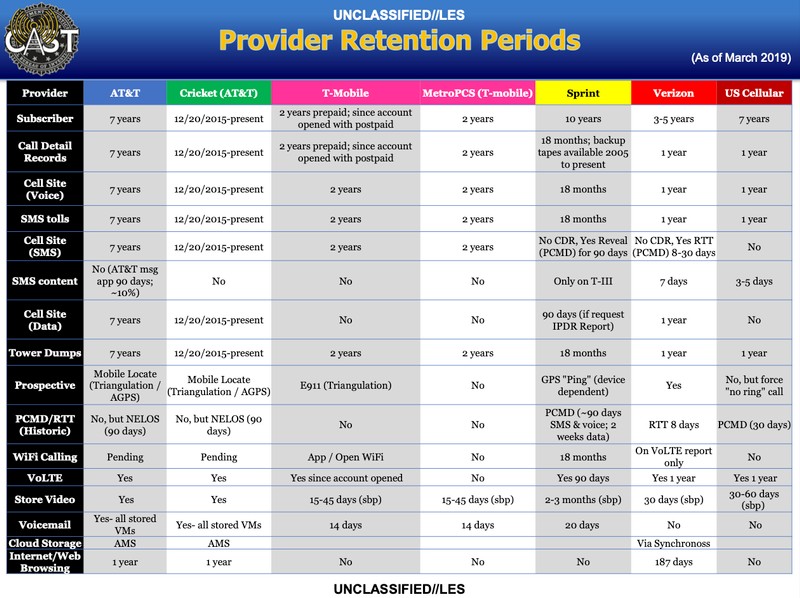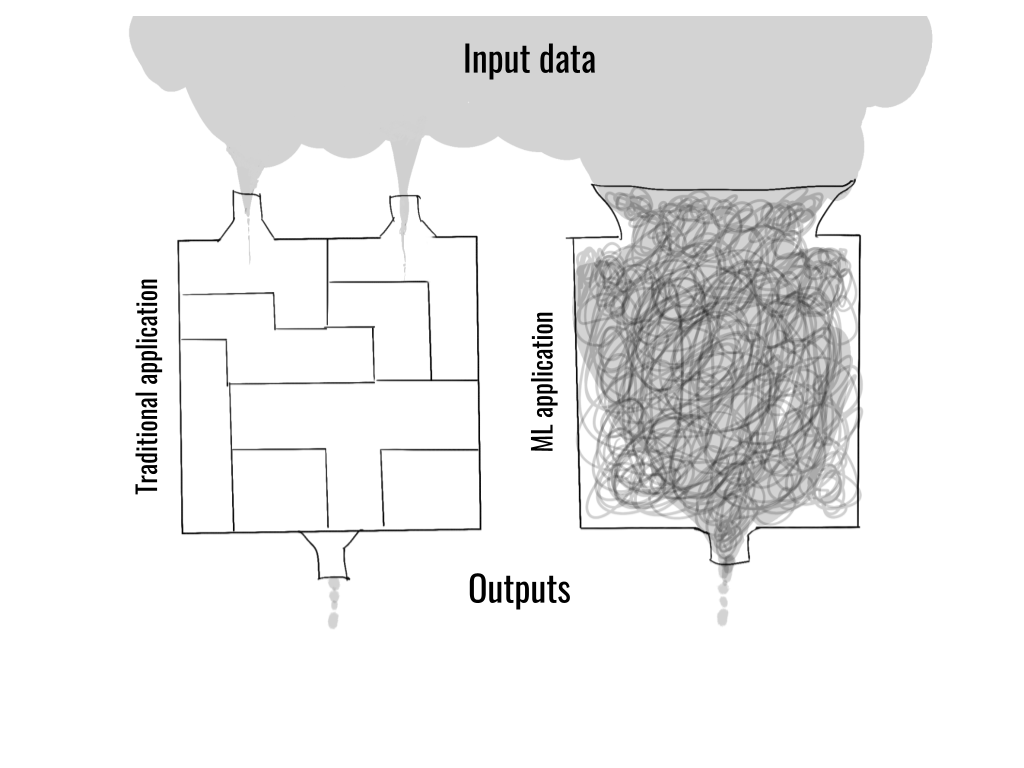Instead of SQLAlchemy core query:
query = notes.insert()
values = [
{"text": "example2", "completed": False},
{"text": "example3", "completed": True},
]
await database.execute_many(query=query, values=values)
One can write a raw SQL query:
query = "INSERT INTO notes(text, completed) VALUES (:text, :completed)"
values = [
{"text": "example2", "completed": False},
{"text": "example3", "completed": True},
]
await database.execute_many(query=query, values=values)
=================================
The same goes with fetching in SQLAlchemy:
query = notes.select()
rows = await database.fetch_all(query=query)
And doing the same with raw SQL:
query = "SELECT * FROM notes WHERE completed = :completed"
rows = await database.fetch_all(query=query, values={"completed": True})





